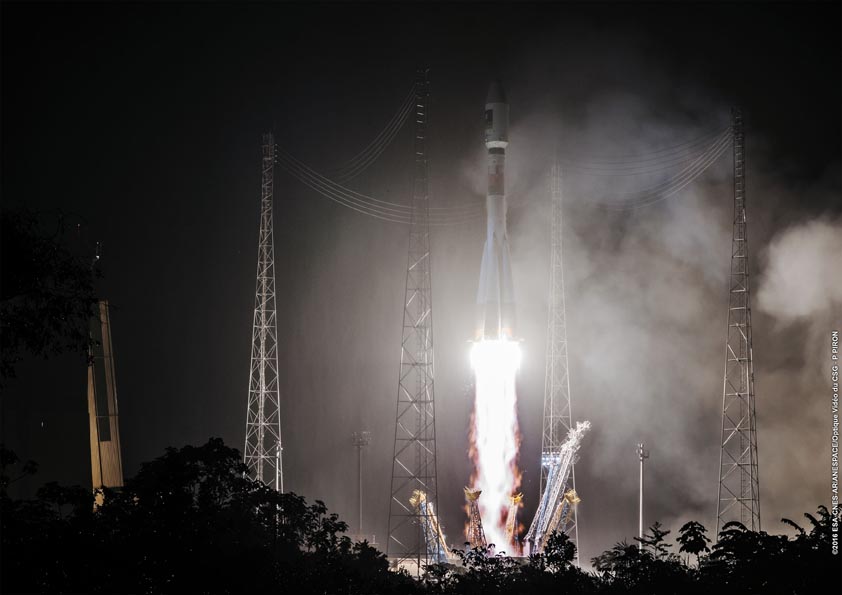Senate Passes Defense Authorization Bill “Fencing Off” Funding for Next-Generation GPS Control System

The Senate approved defense authorization legislation last week before heading out for weekend campaigning. The measure contains a provision the White House said would further delay completion of the already overdue next-generation GPS control system (OCX) by 6 to 12 months.
Senators passed their version of the National Defense Authorization Act (NDAA) for Fiscal Year (FY) 2017 on June 16, defying the White House, which had said June 7 it would veto the bill.
By Inside GNSS



























